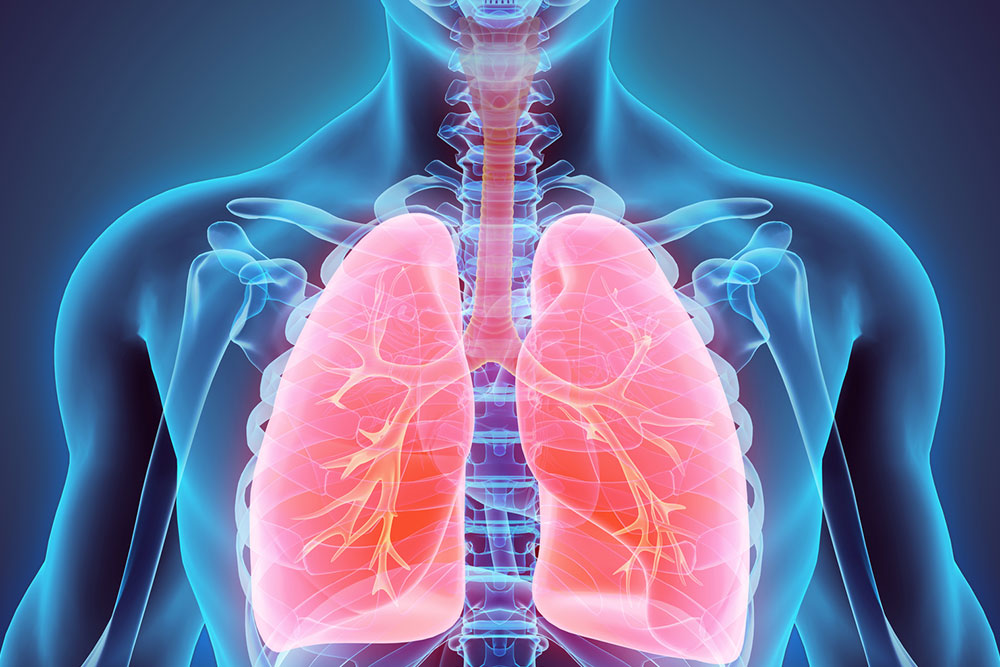Comprehensive Guide to Recognizing Early Signs and Diagnosing Head and Neck Cancers
This comprehensive article covers the early signs and detection methods for head and neck cancers. It emphasizes the importance of recognizing symptoms such as mouth sores, neck lumps, and swallowing difficulties. The piece details risk factors including smoking, alcohol, and HPV infections, and outlines diagnostic procedures like biopsies and imaging scans. Early diagnosis greatly increases treatment success, which often involves surgery, radiation, or chemotherapy. The article aims to raise awareness, promote early intervention, and improve patient outcomes in head and neck cancers.

In-Depth Overview of Early Symptoms and Effective Detection Methods for Head and Neck Cancers
Head and neck cancers are a diverse group of malignant disorders that develop in the anatomical regions of the mouth, nose, salivary glands, sinuses, throat, and associated lymph nodes. These cancers often originate in the mucosal linings within these areas and can spread to adjacent tissues if not detected early. Understanding the early signs and implementing prompt diagnostic strategies are crucial for improving outcomes and increasing survival rates.
The main categories of head and neck cancers include:
Laryngeal and Hypopharyngeal Carcinomas: Affecting the voice box (larynx) and the lower part of the throat (hypopharynx), these cancers can impair speech and breathing if not addressed early.
Nasal and Paranasal Sinus Carcinomas: Developing in the sinus tissues around the nose, these cancers can cause nasal congestion, obstructions, and facial pain.
Nasopharyngeal Cancer: Located in the upper part of the throat behind the nose, this type can present with unique symptoms such as ear issues and neck lumps.
Oral and Oropharyngeal Cancers: Involving the mouth, tongue, and parts of the throat, these cancers are often linked to habits like tobacco and alcohol use.
Salivary Gland Cancers: Occurring in the glands responsible for saliva production, these tumors may present as painless swelling in the face or neck.
Statistics indicate that males are at a higher risk of developing head and neck cancers compared to females, emphasizing the importance of awareness and early intervention in at-risk populations.
Several risk factors contribute to the development of head and neck cancers. These include lifestyle choices such as tobacco smoking and alcohol consumption, prolonged sun exposure, poor dental hygiene, nutritional deficiencies in vitamins A and B, and viral infections like human papillomavirus (HPV). Recognizing the early warning signs can lead to quicker diagnosis and better treatment prospects.
Key symptoms that should alert individuals to seek medical evaluation include:
Presence of premalignant patches or sores inside the mouth that do not heal over time
Persistent ulcers or sore spots that refuse to resolve
Noticeable swelling or lumps in the neck or facial areas
Chronic sore throat or hoarseness
Unusual odors emanating from the mouth
Ongoing nasal congestion or blockage
Unexplained nasal bleeding or discharges
Difficulty breathing or swallowing
Visual disturbances or changes in vision
Numbness or weakness in facial regions
Pain when swallowing, chewing, or moving the jaw
Persistent jaw or ear pain
Presence of blood-tinged saliva or loose teeth without clear cause
Unintentional weight loss, fatigue, or general malaise
If any of these symptoms are observed, medical professionals may recommend a series of diagnostic procedures. These usually include physical examinations, laboratory tests such as blood and urine analysis, and more specialized imaging procedures like CT scans, MRI scans, or PET scans. Additionally, biopsy procedures and HPV testing may be performed to confirm the diagnosis and determine the cancer type.
Early detection considerably enhances the chances of successful treatment. Treatment options for head and neck cancers include surgical removal of tumors, radiation therapy, chemotherapy, targeted biologic therapies, or combination approaches depending on the stage and location of the tumor. Post-treatment monitoring is vital due to the risk of recurrence and to manage potential side effects, which may include issues like reflux, thyroid problems, or speech and swallowing difficulties.





